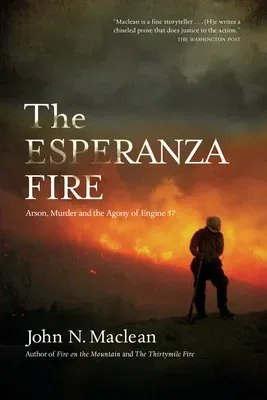When a jury returns to a packed courtroom to announce its verdict in a
capital murder case every noise, even a scraped chair or an opening
door, resonates like a high-tension cable snap. Spectators stop rustling
in their seats; prosecution and defense lawyers and the accused stiffen
into attitudes of wariness; and the judge looks on owlishly. In that
atmosphere of heightened expectation the jury entered a Riverside County
Superior Court room in southern California to render a decision in the
trial of Raymond Oyler, charged with murder for setting the Esperanza
Fire of 2006, which killed a five-man Forest Service engine crew sent to
fight the blaze.
Today, wildland fire is everybody's business, from the White House to
the fireground. Wildfires have grown bigger, more intense, more
destructive--and more expensive. Federal taxpayers, for example, footed
most of the $16 million bill for fighting the Esperanza Fire. But the
highest cost was the lives of the five-man crew of Engine 57, the first
wildland engine crew ever to be wiped out by flames. They were caught in
an "area ignition," which in seconds covered three-quarters of a mile
and swept the house they were defending on a dry ridge face, where human
dwellings chew into previously wild and still unforgiving territory.
John Maclean, award-winning author of three previous books on wildfire
disasters, spent more than five years researching the Esperanza Fire and
covering the trial of Raymond Oyler. Maclean offers an insider's
second-by-second account of the fire and the capture and prosecution of
Oyler, the first person ever to be found guilty of murder for setting a
wildland fire.

